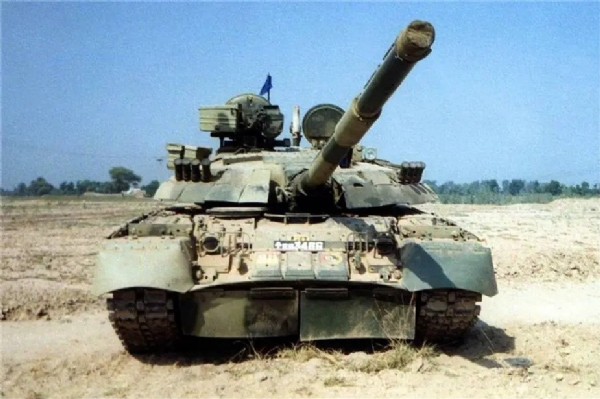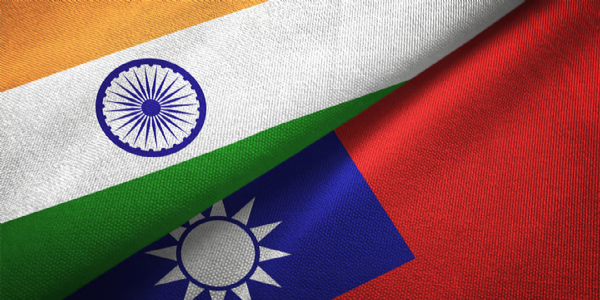Pakistan risks Russian ire, offers to transfer T-80UD tanks to Ukraine
Total Views | 247
Pakistan is said to have offered to deliver 44 T-80UD main battle tanks (MBTs) to Ukraine in exchange for Western help. This action is considered as a means for Ukraine, which has been at war with Russia since 2022, to improve its defence ties.
The T-80UD is an enhanced variant of the Soviet-made T-80 tank, which debuted in 1987. It has a diesel engine rather than a gas turbine, as well as built-in explosive reactive armour and a better firing control system. In the 1990s and early 2000s, Pakistan acquired about 320 T-80UD tanks from Ukraine and has been repairing them with the assistance of Ukrainian specialists and spare parts.

Ukraine, on the other hand, has been under a state of emergency since Russia invaded its eastern territories in 2022, after the invasion of Crimea in 2014. Ukraine has been working with its friends and partners to modernise its military forces and obtain new weaponry and equipment. However, due to the continuous fighting, it has had difficulty obtaining necessary finance and supplies.
Pakistan, according to numerous media sources, has been sending military and humanitarian help to Ukraine from the beginning of the conflict. According to reports, Pakistan has shipped ammunition, artillery shells, fuses, primers, and other goods to Ukraine through Poland and Germany. Pakistan has also backed Ukraine's territorial integrity and sovereignty while condemning Russia's actions.
Pakistan's promise to deliver 44 T-80UD tanks to Ukraine is considered as a gesture of goodwill and solidarity, as well as a means of getting financial help from Western countries that have supported Ukraine's cause. According to reports, the West has promised Pakistan aid in exchange for the sale of MBTs to Ukraine, which would help enhance its defensive capabilities against Russian forces.
The agreement may also raise doubts about Pakistan's position and interests in the area, since it has been accused of sponsoring terrorist organisations in Afghanistan and Kashmir that India and other nations regard as dangers. Pakistan may also face pressure from China, a close ally and significant creditor that has been pursuing its own interests and influence in Central Asia and beyond.
The potential transfer of 44 T-80UD tanks from Pakistan to Ukraine is an intriguing development that highlights the complex dynamics and difficulties of regional and global security. It also demonstrates how Pakistan is attempting to manage its connections with other players while pursuing its own interests in a shifting geopolitical context.
T-80UD main battle tank
The T-80UD was introduced in 1985 and entered service with the Soviet Army in 1987. It was produced in Ukraine at the Malyshev plant, where around 500-800 tanks were built until 1991. The T-80UD shared most of the T-80U’s improvements, but had a different engine deck and some minor changes in the smoke-mortar array and turret stowage boxes. It retained the remotely-controlled commander’s machine gun and the fire control system with high first-round hit probability.
The T-80UD’s armor protection was similar to the T-80U’s, consisting of composite armor with built-in ERA blocks that could withstand hits from modern anti-tank weapons. The tank also had an NBC protection system and an automatic fire suppression system for increased survivability. The T-80UD had a crew of three: a driver, a gunner, and a commander.
The T-80UD was planned to become the main MBT of the Soviet Army, but its production was halted after the collapse of the Soviet Union in 1991. The tank remained in service with Russia and Ukraine, as well as some other countries that acquired it through exports or transfers. In the late 1990s, Ukraine sold 320 of its T-80UDs to Pakistan, which became one of the main operators of this tank. Some of these tanks were newly-made, while others were taken from Ukrainian Army inventory. After this deal, only about 50 T-80UDs remained in Ukrainian service.
Koradi Temple
Mes, Pune






